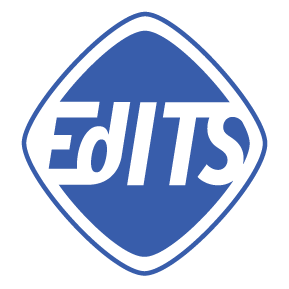The Link With Leverage
Standards-based report cards use feedback to improve achievement
Remember back to your report cards days? Did you ever find yourself wondering how you received a certain grade? Perhaps you were shocked to see you were marked down when you thought you had worked hard, done all your homework, and passed all the teacher’s tests. Maybe the reverse of that was your experience; you couldn’t believe you got such a high grade, especially when you had missed so much school.
Today, many students and parents are receiving direct and appropriate feedback through standards-based report card programs. This new report card system is directly aligned to the required curriculum standards and serves as a basis for monitoring student progress and conducting parent conferences. Students are no longer in the dark about what they need to do in order to be proficient, and parents are clearer on school expectations.
School districts across the country have started to implement standards-based report cards. Educators report there are challenges and concerns as the new system is introduced, but all agree the results are worthwhile.
Tools that are helpful for teachers to adapt the standards-based model are the Practical Handbook to Standards-Based Classrooms and the Guide for Standards-Based Classrooms. The Guide is a performance-based assessment for teachers so that they may gauge their progress from activities-centered teaching to standards-based practice. After identifying a plan-of-action from the profile, teachers can use the companion reference for professional development.
Districts that have used a standards-based reporting system for five years or more are convinced it is a resounding success by providing students clear, appropriate feedback on their progress. “Once instructional targets are identified and published—in the classroom and on the report card—students see the direct link between their efforts and their grades,” states an elementary educator.
Some teachers report that the standards-based report card and the companion standards-based parent conferencing has contributed to a positive learning climate within the classrooms. “They are no longer guessing at what is important for them to learn,” another educator reports. Students know what instruction is essential and what tests “will cover.” This clarity reduces some of the stress for students and teachers.
Teachers also find that one of the byproducts of the new grading system has been a more thoughtful approach to designing classroom assessments. A fourth grade teacher shares her perspective: “No longer do I view my tests for sorting kids, but for benefiting student learning. My students seem empowered as they understand the quizzes will not be a ‘gotcha’ moment, but rather an opportunity to show what they know and what they still need help with in order to achieve the standards.”
Parents appreciate the standards-based report cards and the direct link to learning requirements. They report a deeper understanding of what questions to ask the teacher about their child’s progress. Home support and resources are easier to compliment the classroom learning. One parent reports: “Knowing what is involved for each performance level is helpful. Now I understand how [the rubrics] support learning.”
At the high school level the degree of use is limited. Translating the standards’ performance levels into a traditional letter grade format remains a challenge. But secondary level teachers are exploring ways to use standards-based rubrics in key projects and senior portfolios.
Standards-based report card programs have demonstrated that providing a direct link between curriculum and grading makes the implicit explicit, and results in a powerful impact on teaching and learning. The Practical Handbook to Standards-Based Classrooms and the Guide for Standards-Based Classrooms make implementing standards-based report cards easy.


